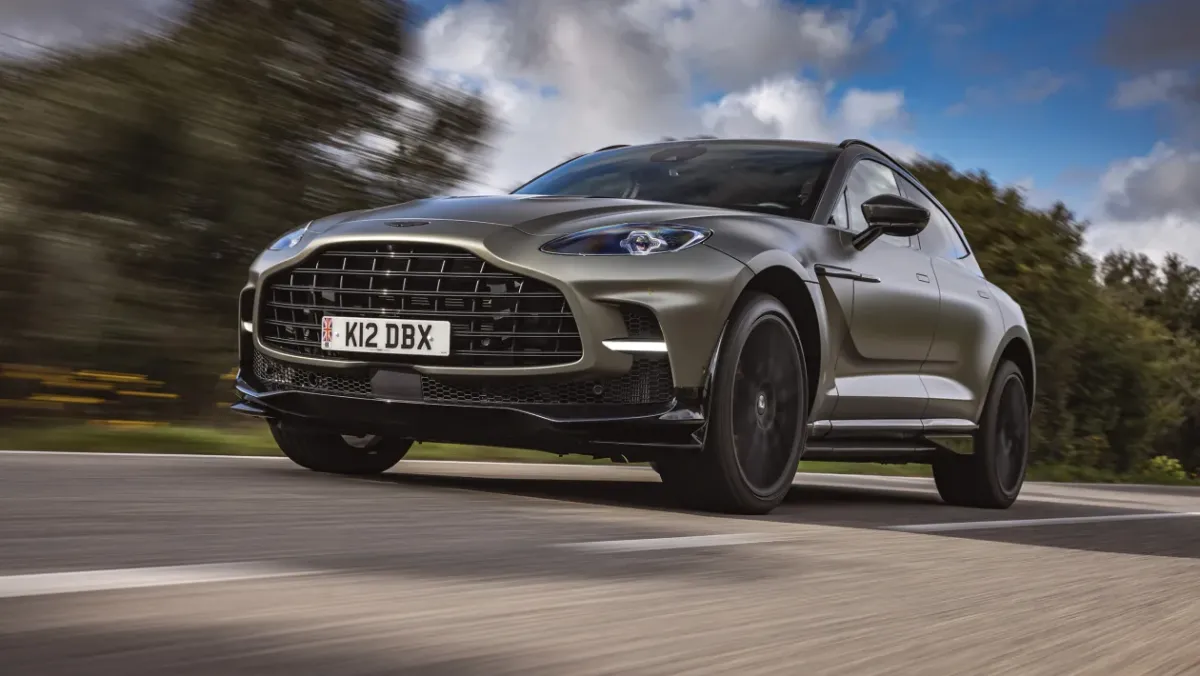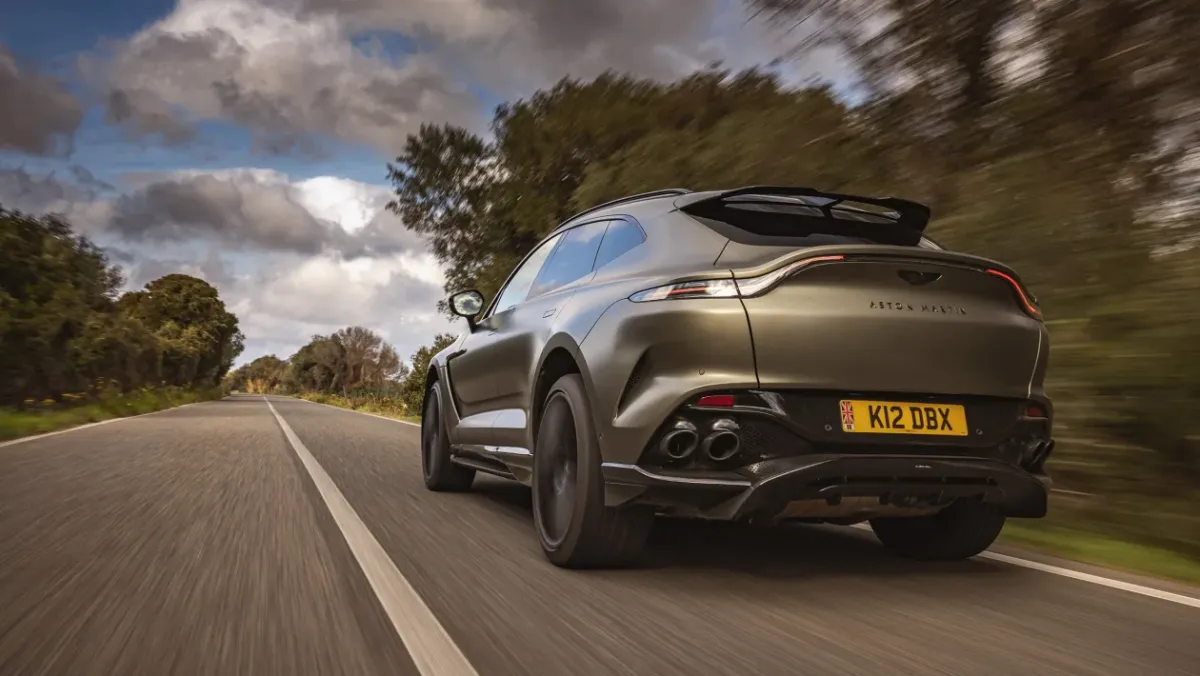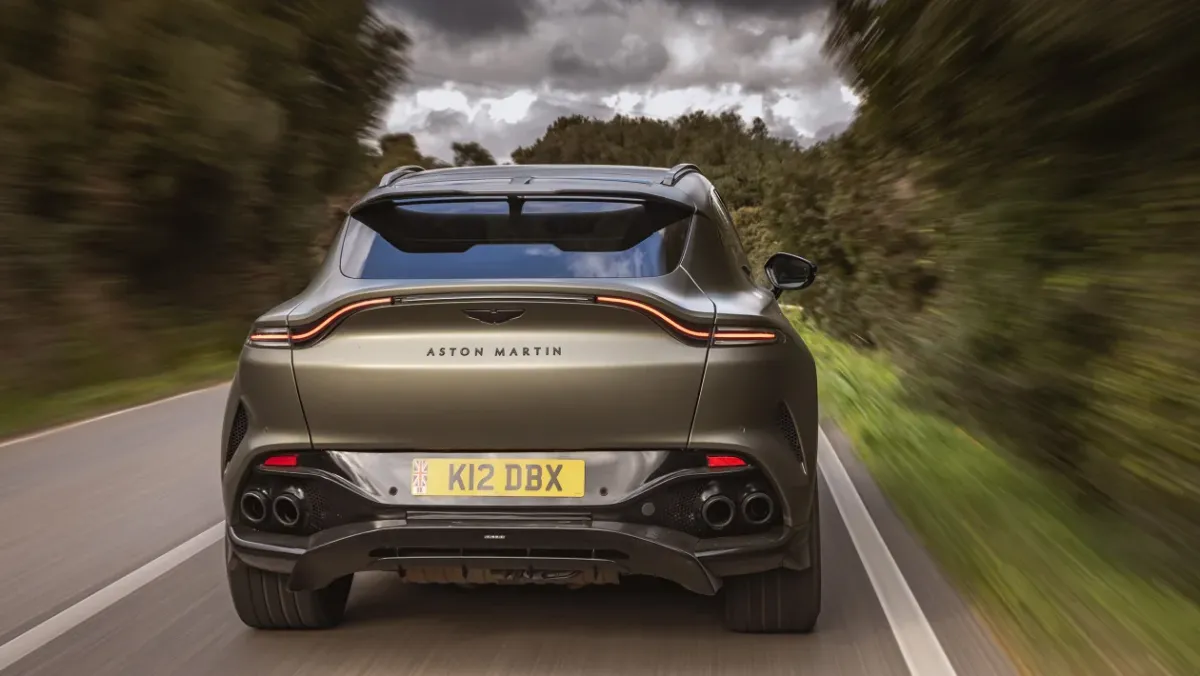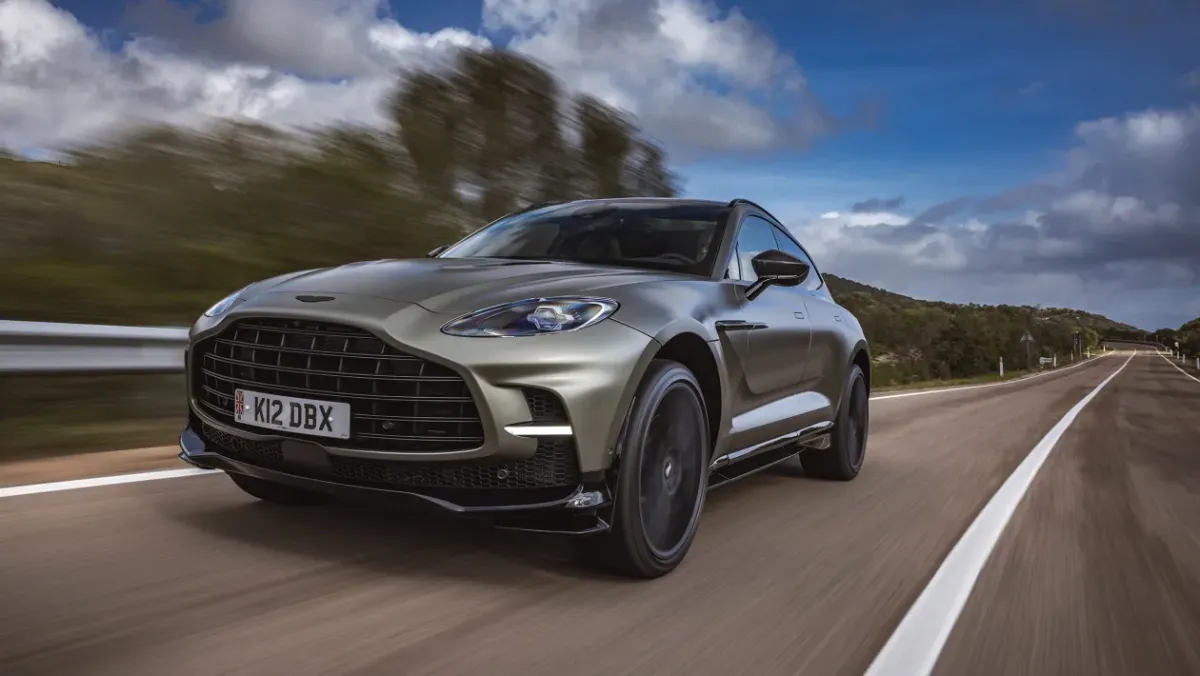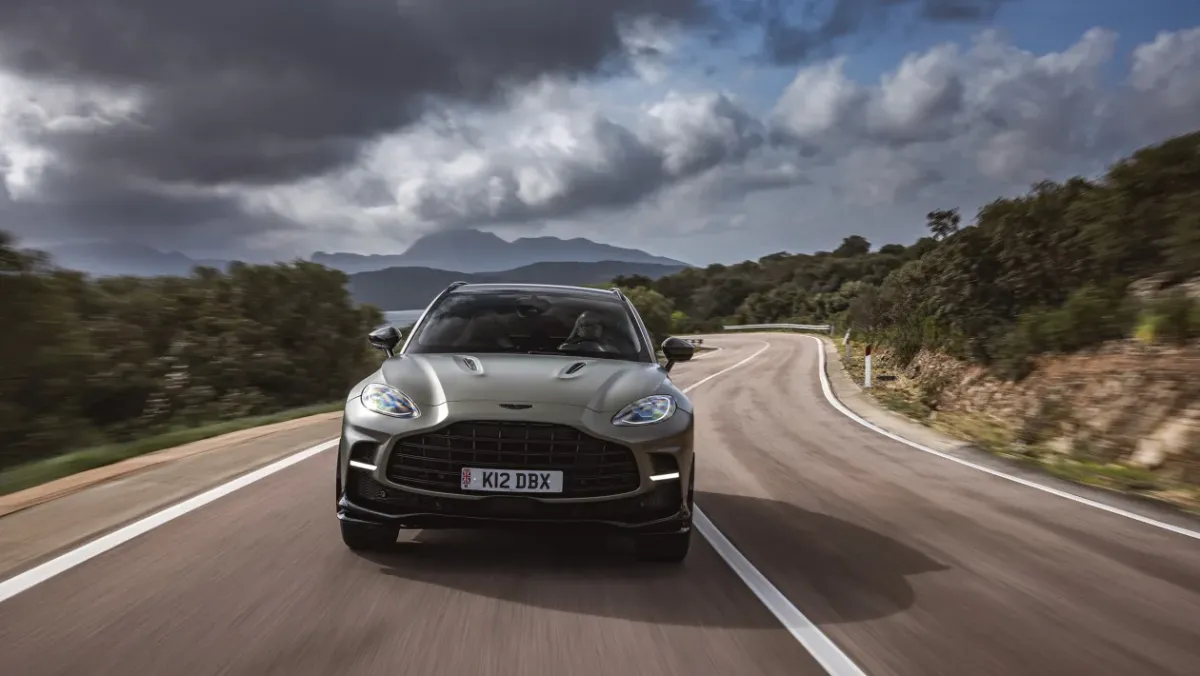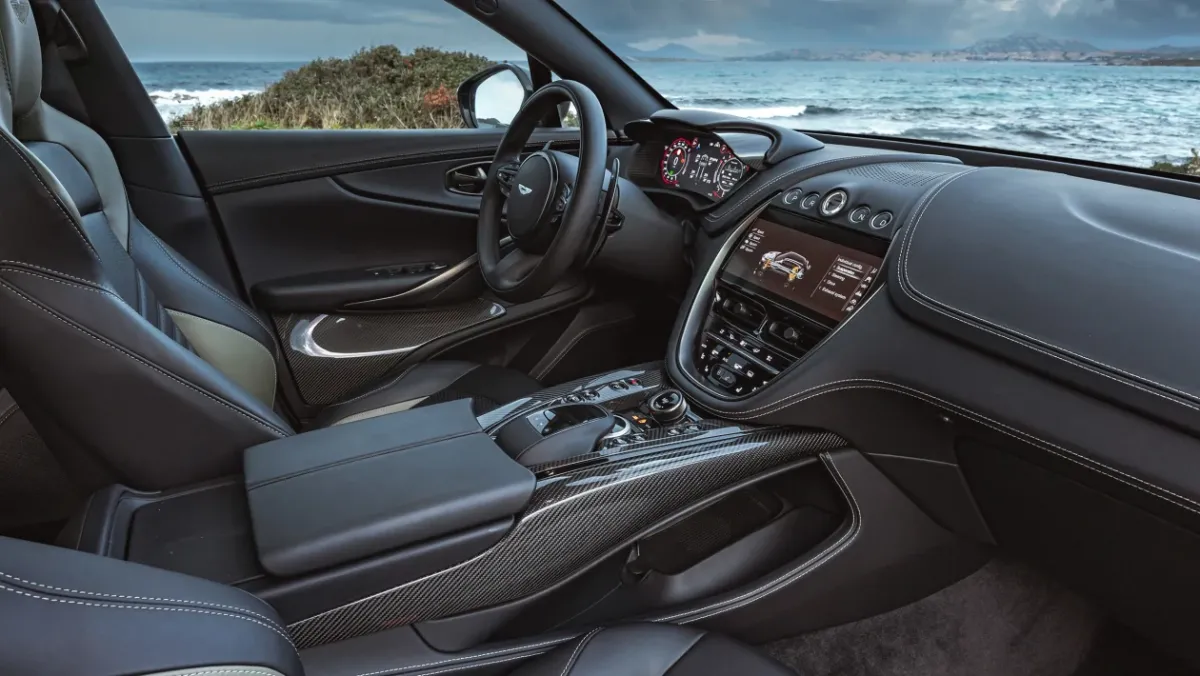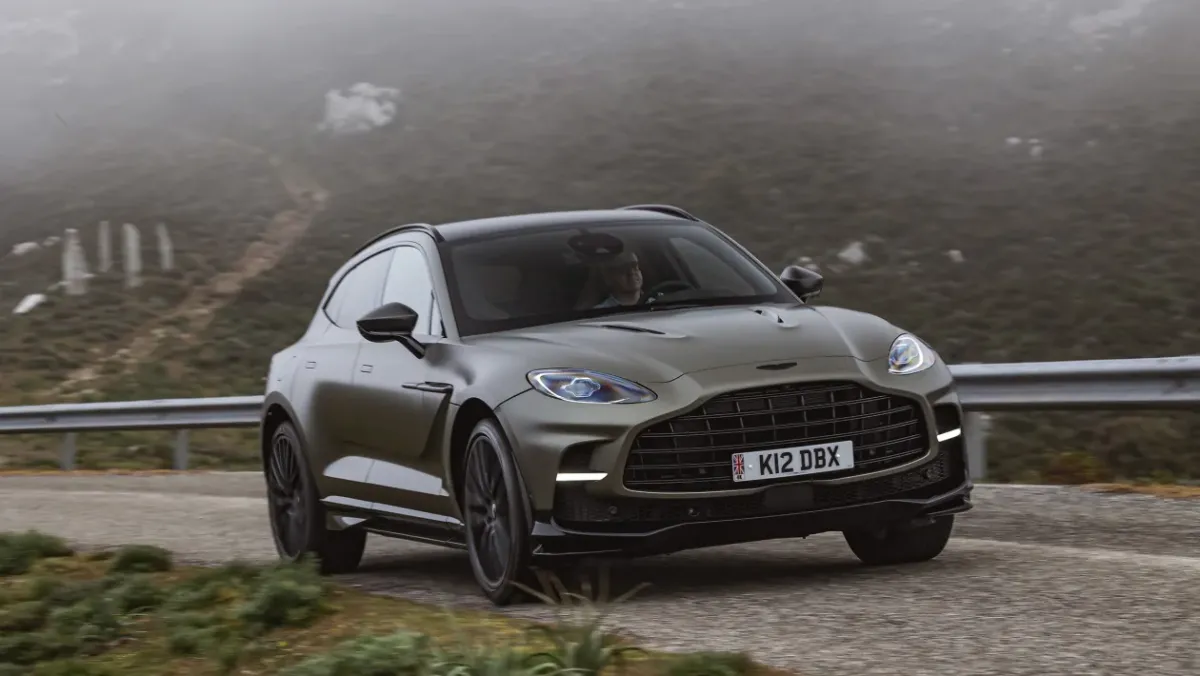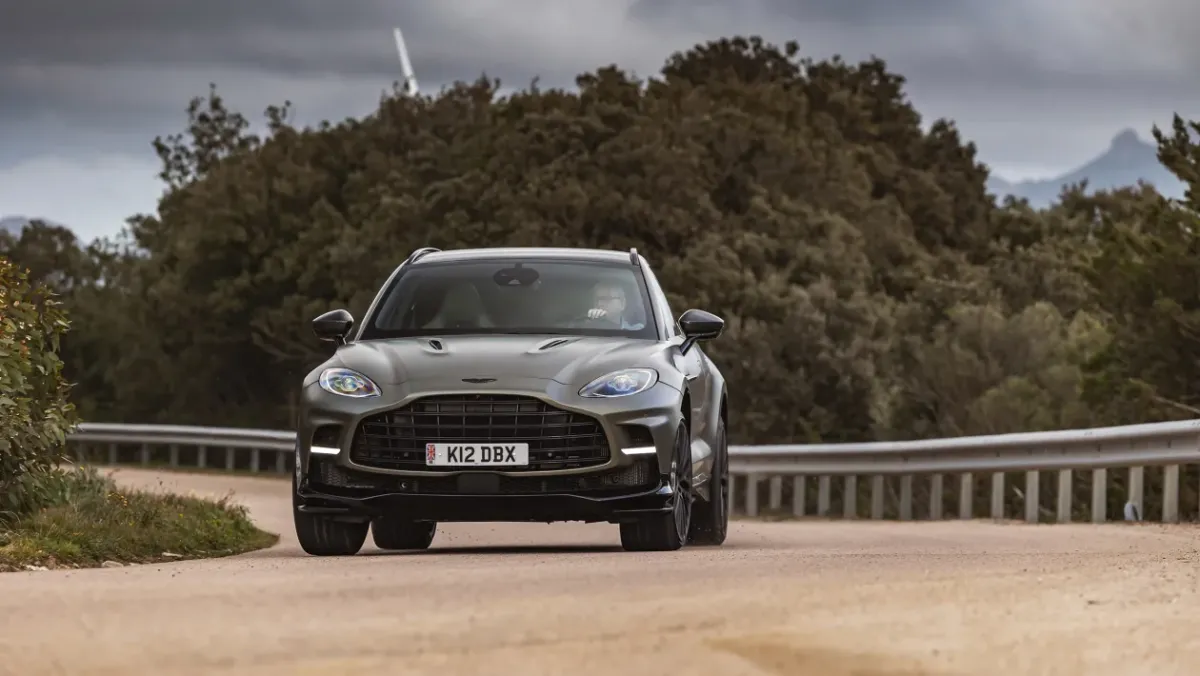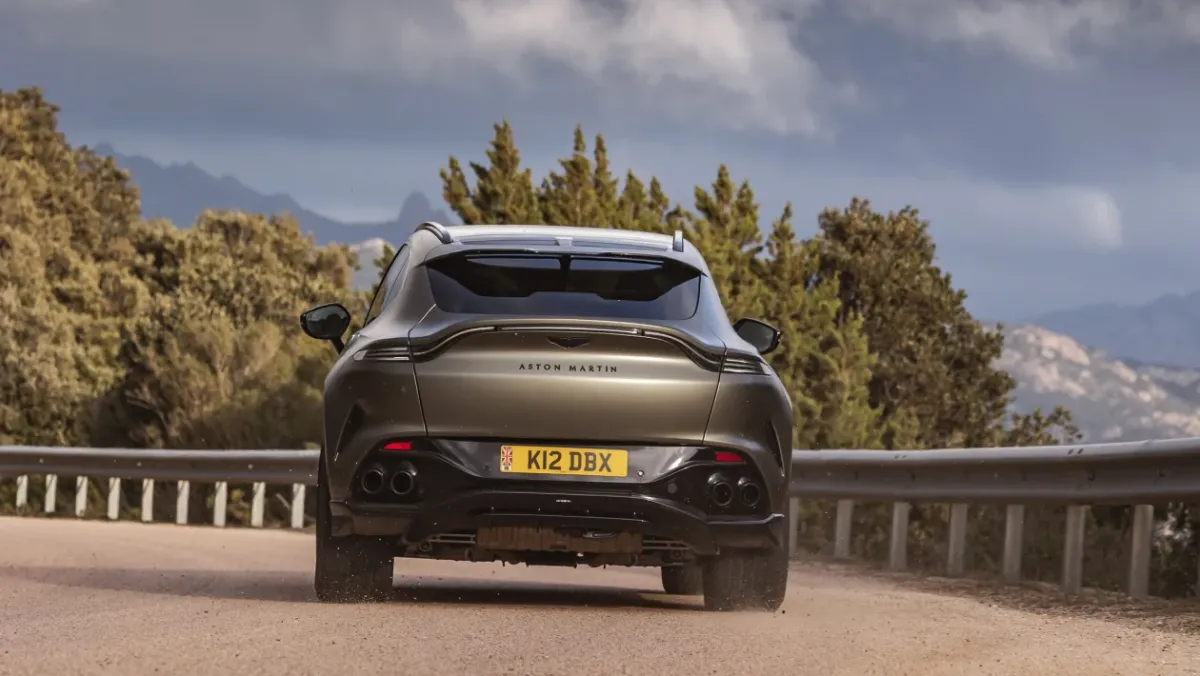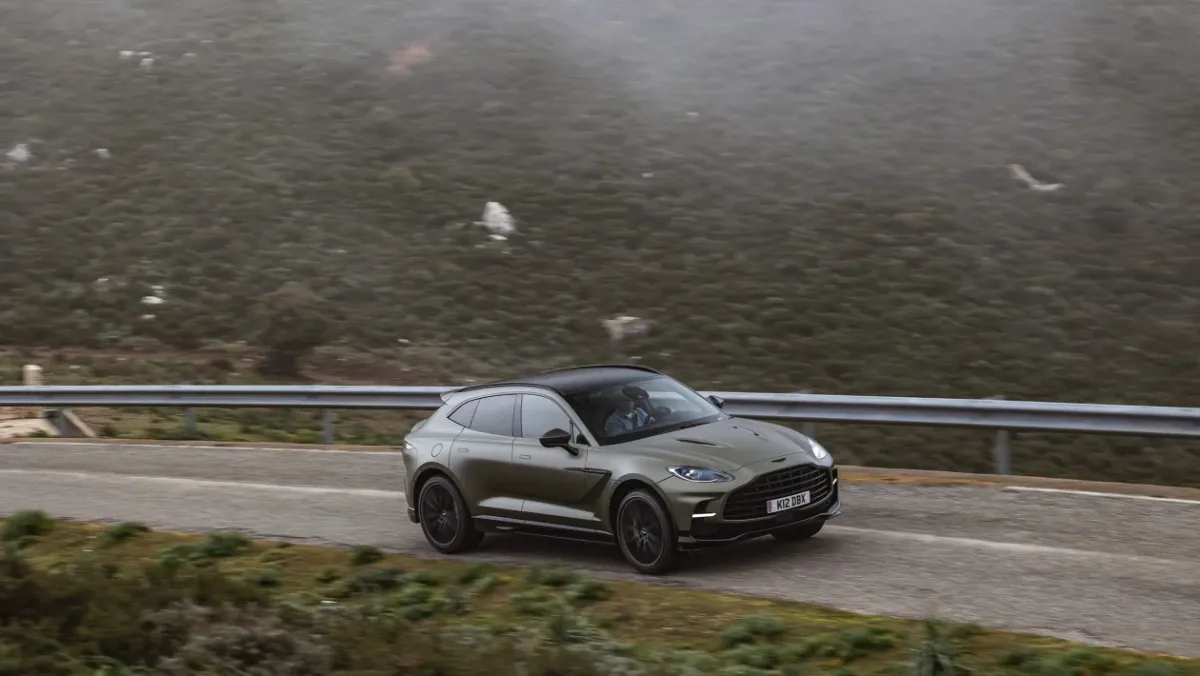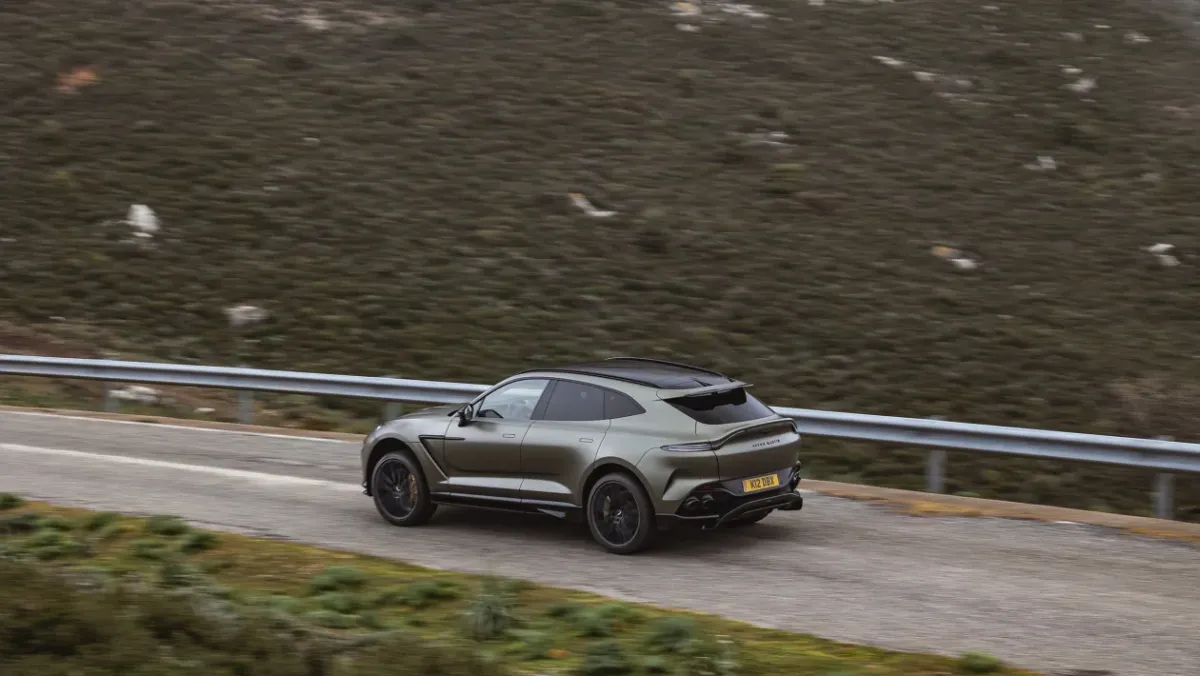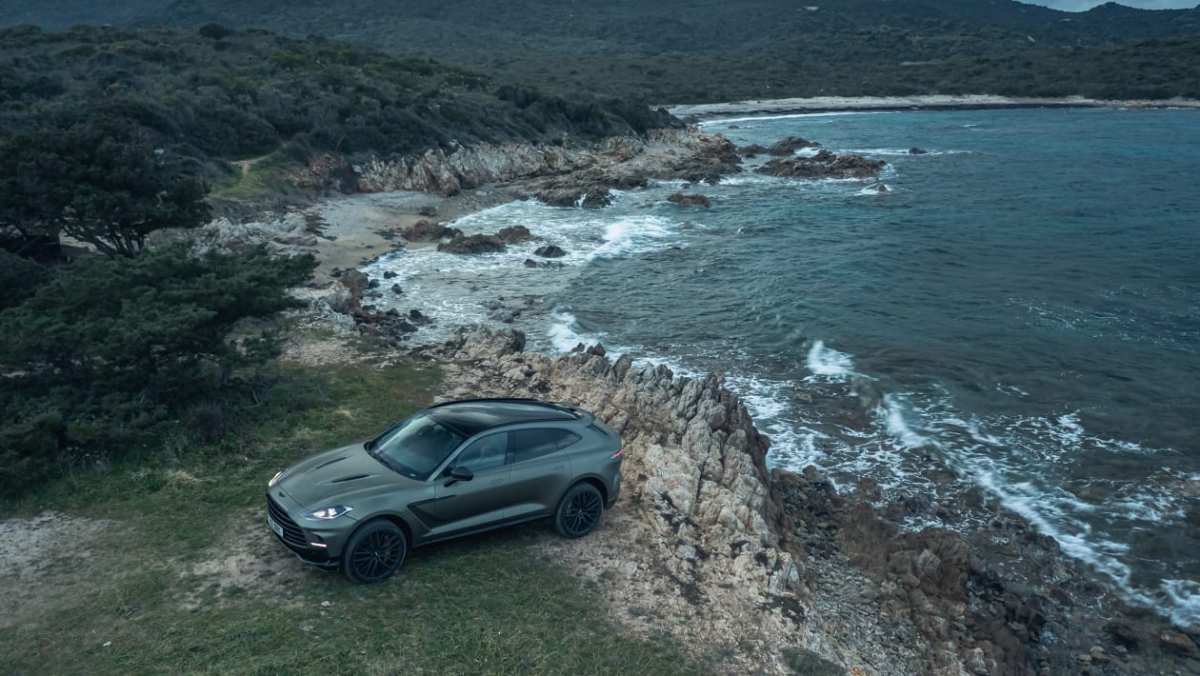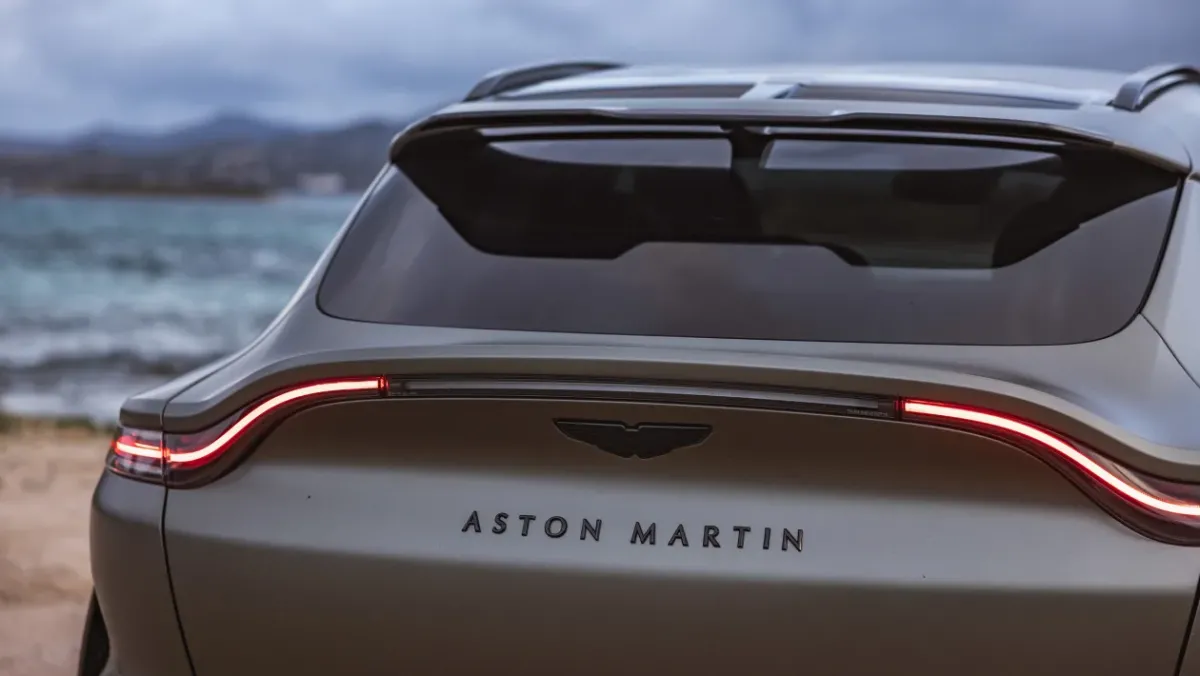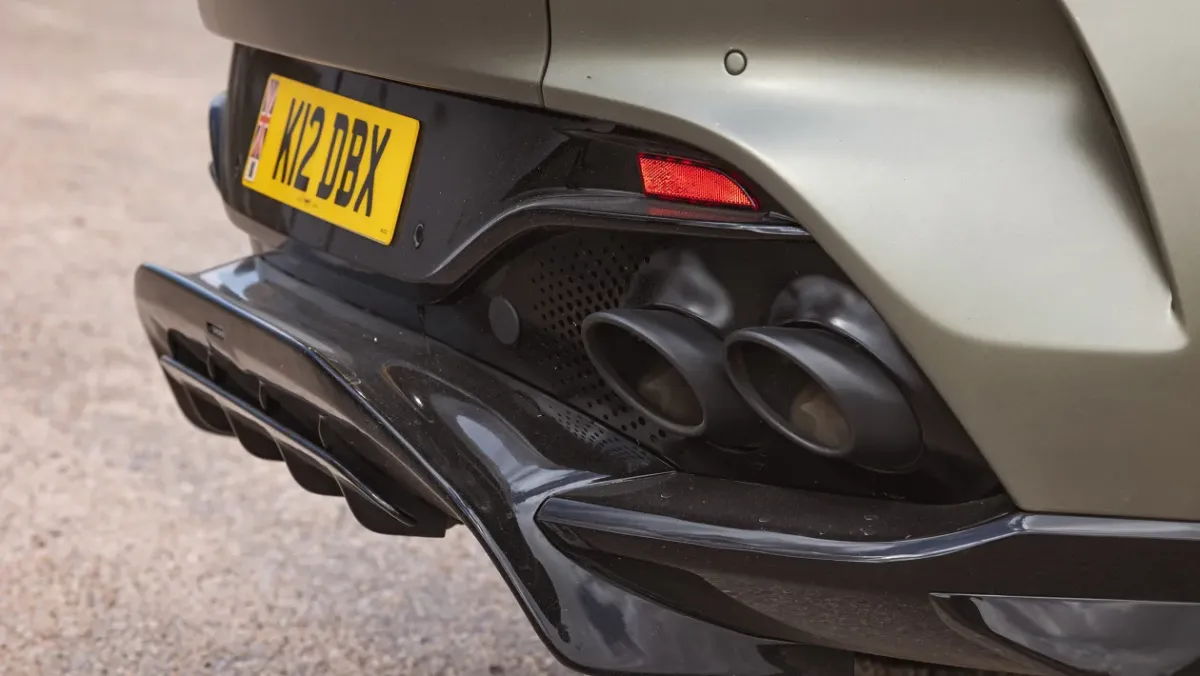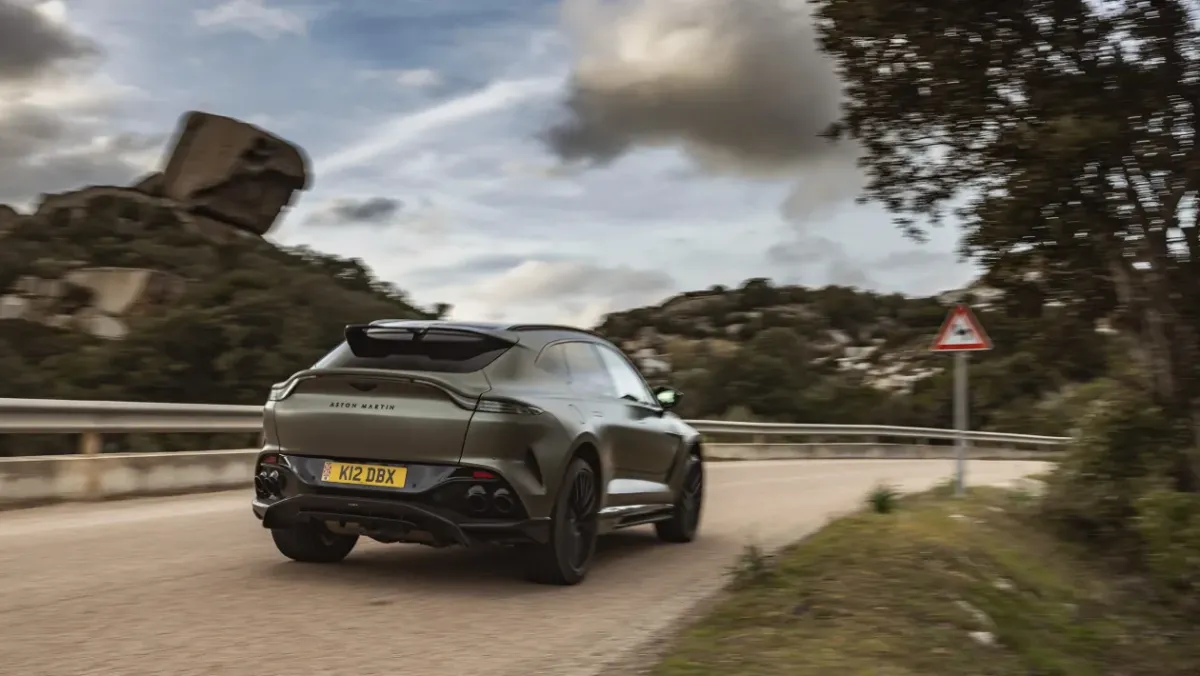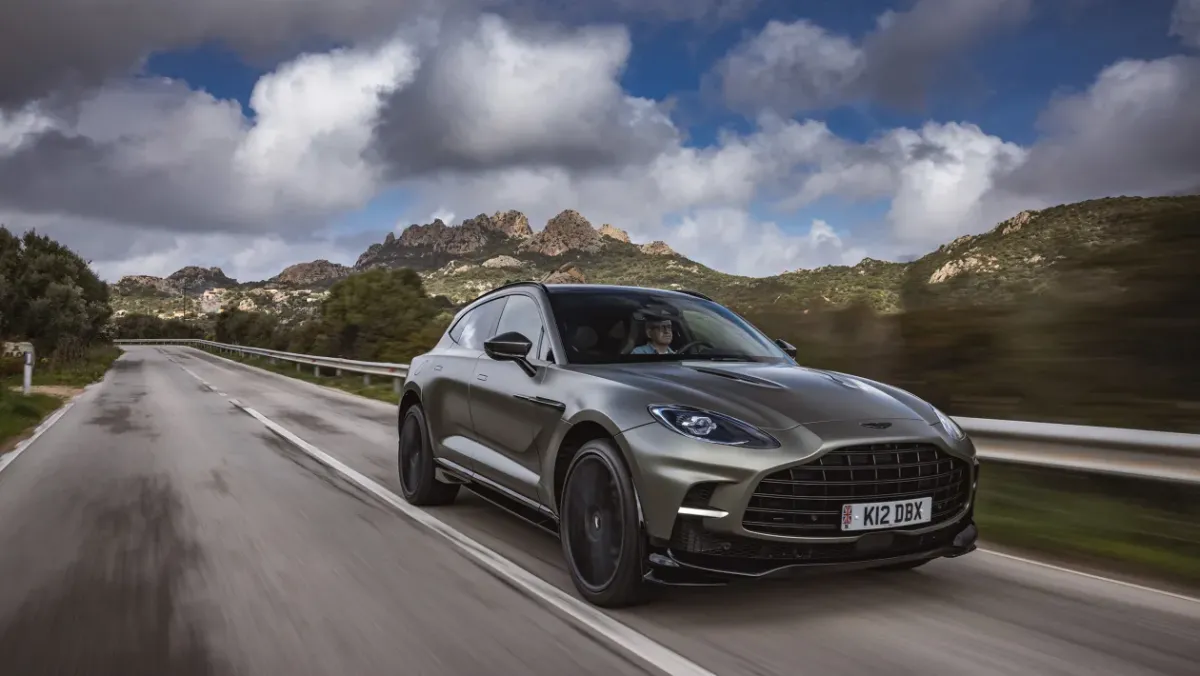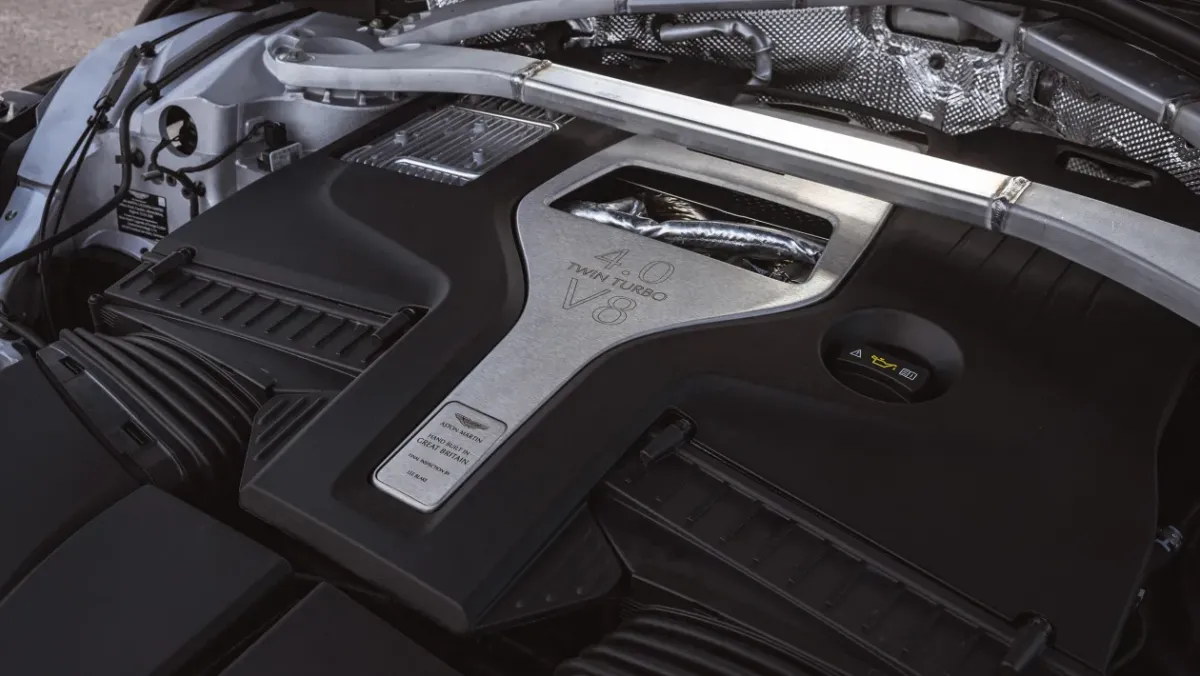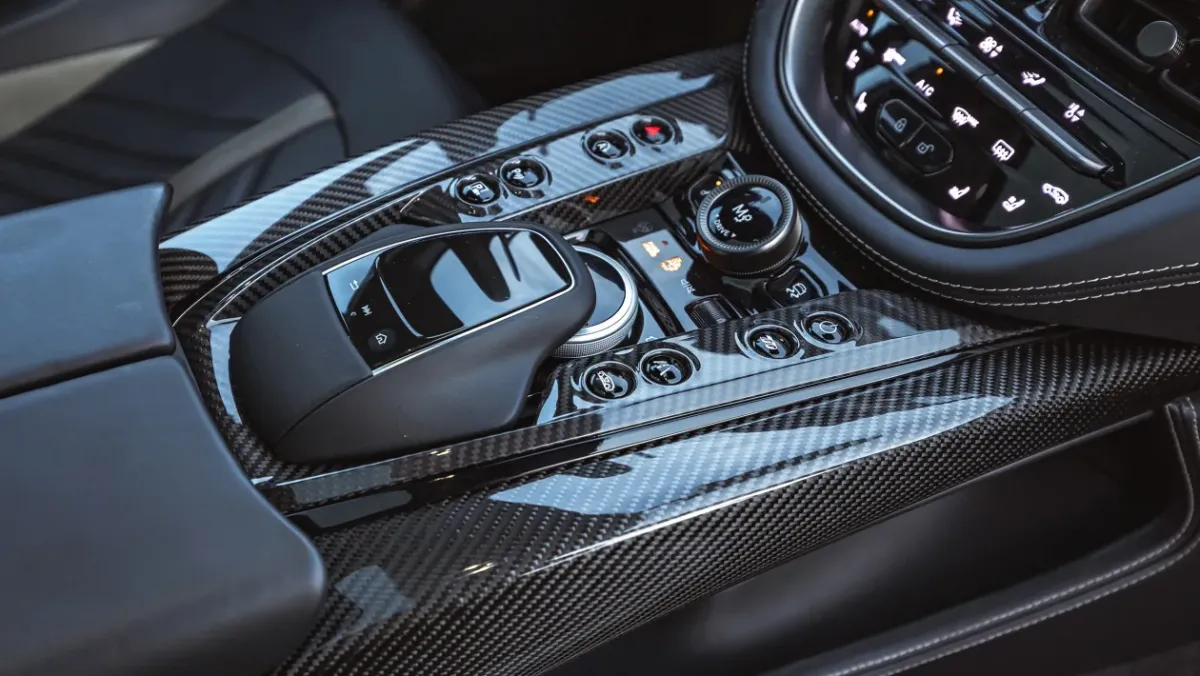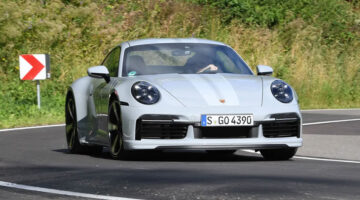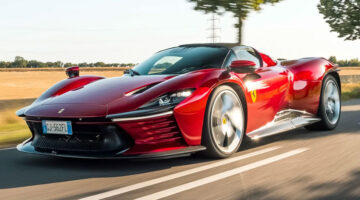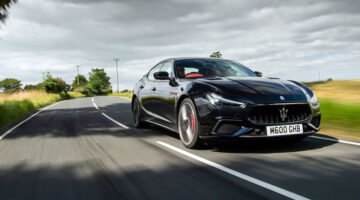The 697bhp DBX707 is big, brash and financially friendly for Aston Martin, but also comes with some deftness to its chassis
| Huge performance from V8 engine, engaging and sophisticated chassis | ||
| No one really needs a 697bhp SUV, aside from Aston Martin… |
The world doesn’t need a near 700bhp, 2245kg SUV right now. Actually, it never has. The car industry and the manufacturers who make them, however, do. It’s where the profit lives and the opportunity to tap into a lucrative new customer base in markets who know or care very little for your existing product. Both are important to Aston Martin, none more so than a new model with a healthy profit margin, hence the DBX707.
So they are hard to justify living with, but for investors they are harder to justify not to have, which is how a 697bhp Aston Martin SUV came to be. Not that this is simply a ‘wind the boost up on the turbochargers and that will do’ project, far from it. This might be the same 4-litre Mercedes-AMG motor that finds its way in everything from a Vantage to the DB11 and seemingly every Mercedes with an AMG badge, but for the 707 its innards have been seriously worked over.
Larger ball bearings in the pair of turbochargers allow for faster response times and more reliable, higher outputs, which has also necessitated revised fuel and valve mapping to optimise the increased performance. There’s also a new exhaust system to expel those hydrocarbons as quickly as possible.
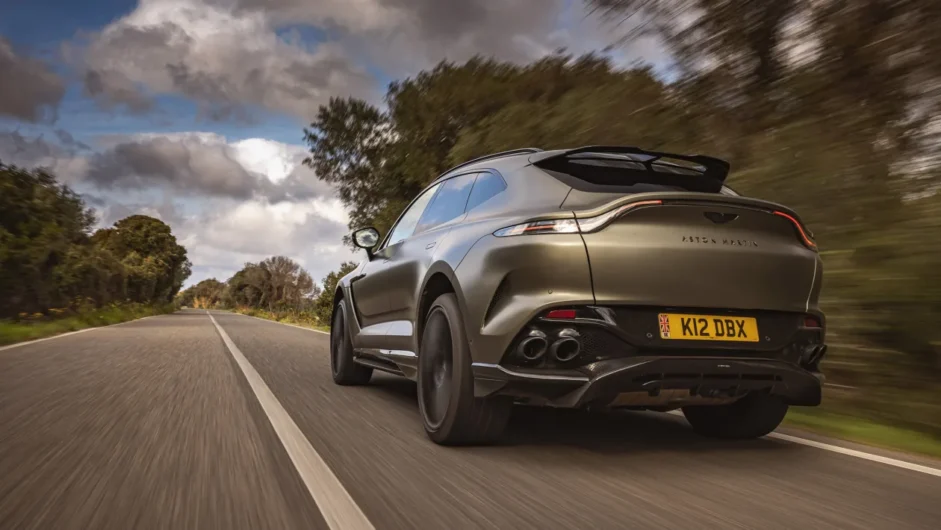
Despite its 697bhp and 664lb ft peaks, the 707 sounds no angrier on start-up or tickover, settling into a hearty hum as you adjust the new sports seat to suit and get to grips with the new drive mode control, because out goes the button located on the centre console and in comes the rotary control similar to what’s also found on the steering wheel of today’s AMG products.
> Porsche Cayenne Turbo GT 2021 review – can it take on the Aston Martin DBX707?
In its default GT mode the V8 responds with a degree more eagerness than the regular DBX, getting up on its toes quicker, revving with a touch more vigour but without trading in the standard V8’s smoothness and calmness. It’s when you cycle through the engine modes that the additional 155bhp and 148lb ft make themselves felt. In Sport the 707 feels as responsive and alert as a DBX does when you select Sport+, there’s an energy to how it climbs through the nine-ratios of its new wet-clutch auto, and there’s more urgency to the shift speed.
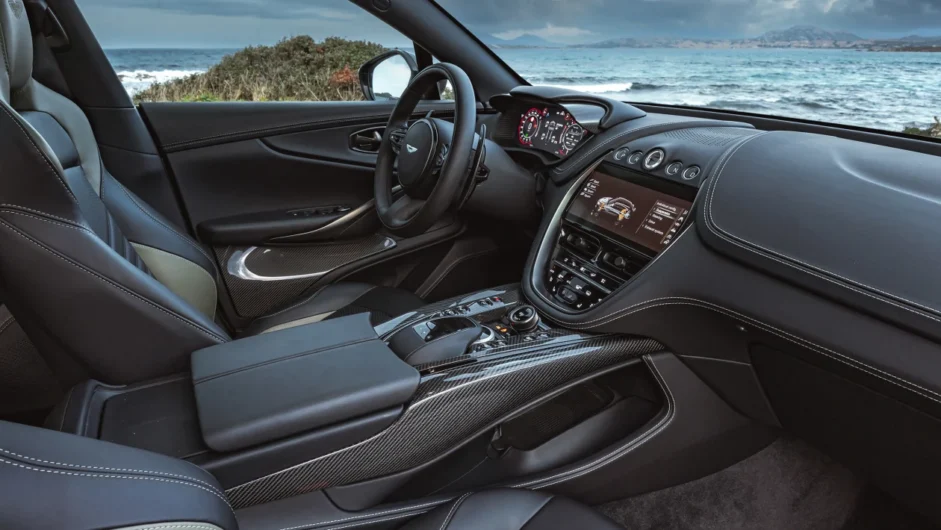
It’s when you wind it up to Sport+ that the DBX707 goes full Hellcat on you. The revs whip and crack, and the off the line capability impresses not purely because two-plus tonnes reaching 60mph in 3.1-seconds feels uncomfortable and impressive in equal measure, but it does so without the ragged nature other big, powerful, brutish SUVS do.
The torque band isn’t particularly broad, with it all arriving at 2600rpm and dropping off from 4,500rpm, but there’s more of it available lower down than in the standard DBX, and even when it’s dropping off its torque peak blends smartly with the power curve making the 707 less of a blunt instrument; its delivery feels manageable giving it the feel of a top end sports car rather than a leather trimmed truck.
Yet it’s not the engine’s reach that impresses the most, it’s the changes made to the DBX’s chassis that focus your attention. Its stiffer suspension top mounts and the fitment of a longitudinal hydrobush on the front axle improve the damper’s stability, and new valves for the aforementioned make for a car that rides with a calmness unexpected of its kind, even when fitted with 23-inch wheels.
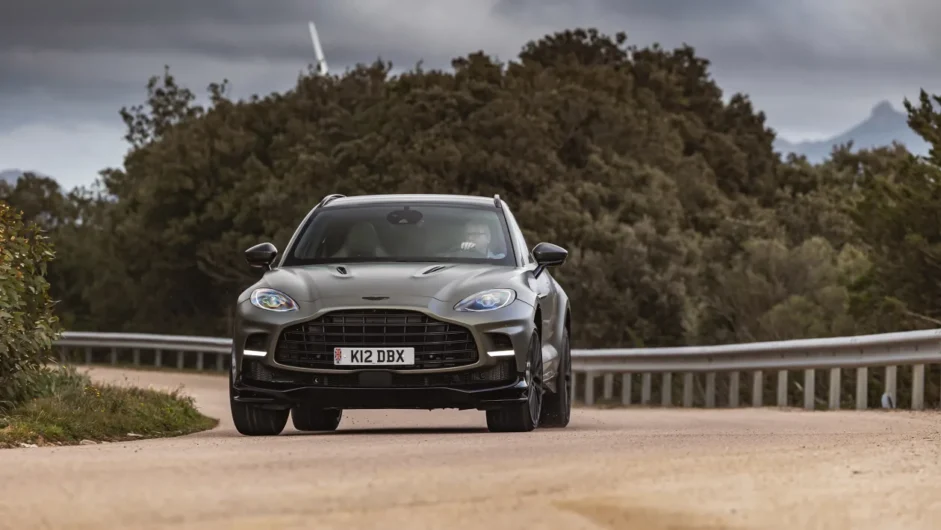
Combined with a new calibration for the air springs and the ability for fifty percent more torque to be applied to the active anti-roll bar system, the DBX exerts impressive body control, which is more than welcome when the road twists and bucks and the V8 is on song. In some situations it can feel uncharacteristically flat when pushing through a corner, which can rob you of some of the restricted feedback cars such as these offer.
You can position it cleanly into a turn rather than point it and hope for the best, and once in the meat of a corner it doesn’t throw up any surprises, allowing you to drive through its momentum rather than hold on and hope. Cars such as this shouldn’t be this good, physics say as much and so do your preconceptions. And yet the DBX707 doesn’t embarrass itself when you’re expecting it to do just that. Advertisement – Article continues below
Aerodynamic requirements – to reduce lift rather than increase downforce to ridiculous levels – account for much of the bodywork additions. Some are quite subtle such as the opening in the rear arches to draw turbulent air away from those huge wheels and tyres, others less so such as the protruding rear diffuser that features its own secondary wing to accompany the larger roof mounted item. Others serve even more practical purposes, such as the 25 per cent larger front grille to aid engine and brake cooling, the latter carbon-ceramics with strong feel and impressive retardation even after spending hours running up and down hills.
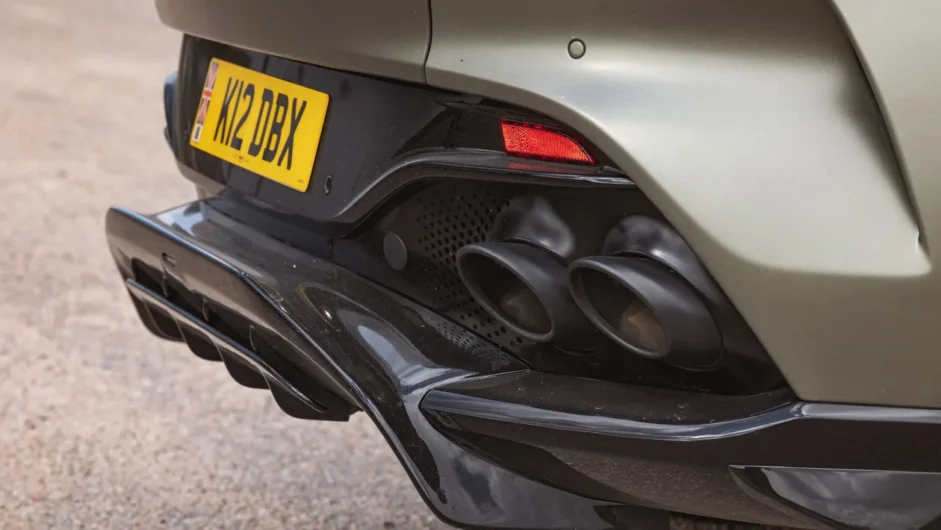
This Aston Martin is not one to replace a sports car in one’s garage, it’s the daily driver for those who want more of everything from their existing DBX; the customer where more is always more and they are willing to pay for it, which is exactly what Aston Martin is banking on. Or rather its bank is banking on.
The world doesn’t need a 700bhp SUV, but Aston Martin does and while there is a healthy appetite for such cars it means Aston Martin will remain, which is a good thing. Because regardless of whether this is a car for the traditionalist, it’s a car Aston Martin needs if it’s to have a future. Therefore if you must have the best of its kind, buy the DBX707.
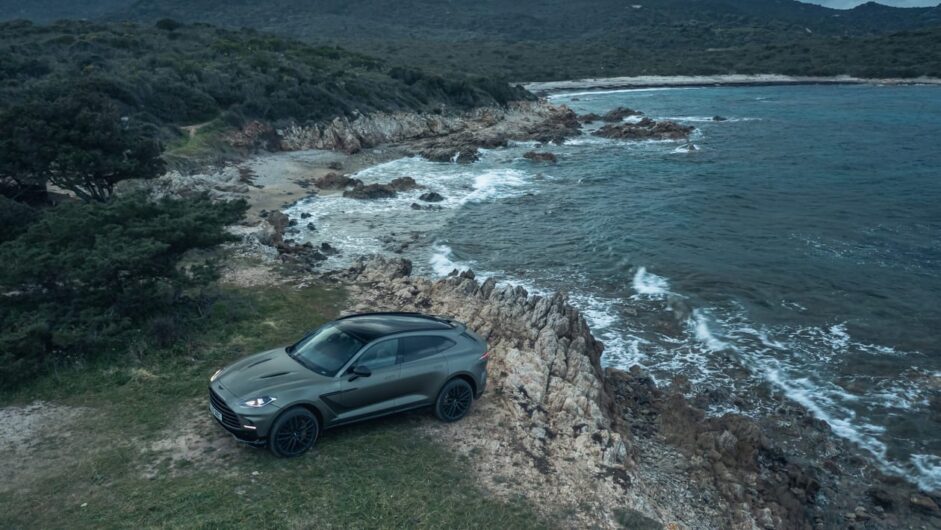
Prices and rivals
With prices kicking off at $230,000 before options, most DBX707s are very likely to pop over the $242,000 mark with an option or two selected, although the standard specification is pretty extensive. Its closest rival in terms of performance and capability is the $179,147 Porsche Cayenne Turbo GT, a 631bhp flagship that’s proven to be the more agile and energetic car, but lacks some of the Aston’s languid GT-like qualities, not to mention a special-ness that permeates from its interior.
More compromised rivals include the $199,000 Lamborghini Urus, which despite sharing a large proportion of its hardware is nowhere near the Porsche in terms of capability or engagement. The Bentley Bentayga V8 S is certainly less of a sporting SUV, and has improved in terms of comfort and build quality, but still trails greatly in regards to handling.
Specs
| Engine | V8, 3982cc, twin-turbo |
| Power | 697bhp @ 6000rpm |
| Torque | 663lb ft @ 2600-4500rpm |
| Weight | 2245kg |
| Power-to-weight | 315bhp/ton |
| 0-62mph | 3.3sec |
| Top speed | 193mph |
| Basic price | $230,000 |
This article originally appeared at evo.co.uk
Copyright © evo UK, Autovia Publishing

